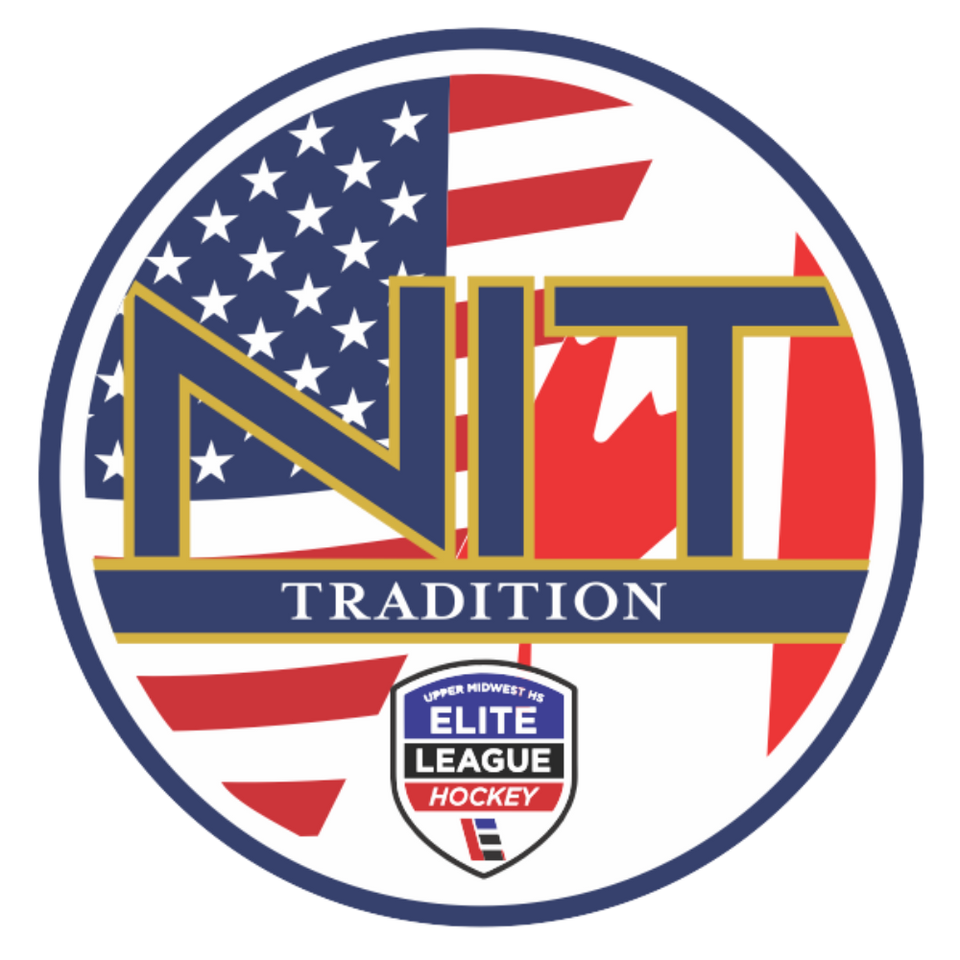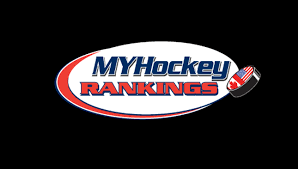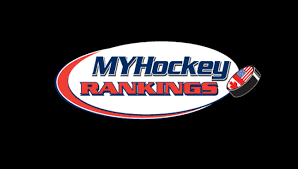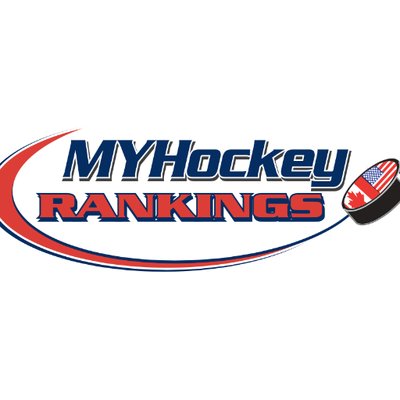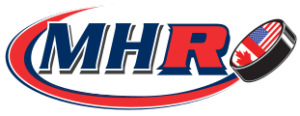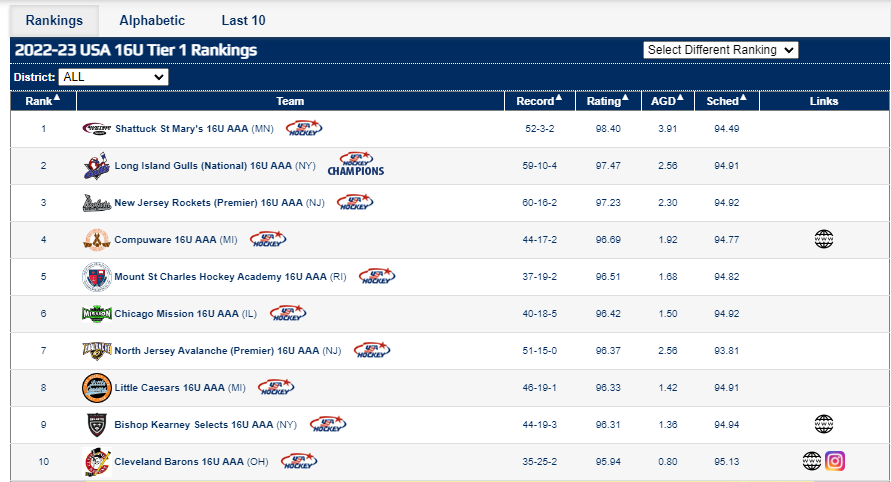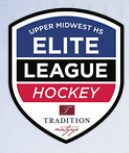
This past weekend I was in Minnesota for the fabulous 2023 Tradition NIT Girls Hockey Tournament organized by Winny Brodt Brown. In total, there were 93 teams participating for the 16U and 19U age groups. Almost every top US club team was in attendance plus many of the top western Canadian girl’s teams.
Over the course of the 3-day event, I had multiple conversations with several DI & DIII coaches and I thought I would share my observations as they relate to the recruiting process:
1. Competition Matters for Getting Seen
As heard many times on the Champs App podcast, coaches want to see players playing at the highest level, against top players to properly evaluate them. With as many as 8 games going on simultaneously across the two rink locations, coaches can’t watch every game. Many times I would see a coach watch 2 overlapping games by switching back and forth during ice cuts. Thus coaches need to be selective in which games they scout. Coaches were mostly watching games with the largest number of talented players. Thus, it appeared as though games with the highest ranking teams got the highest DI coach attendance. However, it did seem that DIII and ACHA coaches were more flexible in watching lower ranked teams. But if you want to play DI hockey, my sense is that you want to put yourself in the best position to be seen. This would imply playing on a team that plays against the other top teams in the country. The reality is that if your team is ranked in 30’s and below on MyHockeyRankings, then you probably won’t get noticed as much, even if you are a DI caliber player.
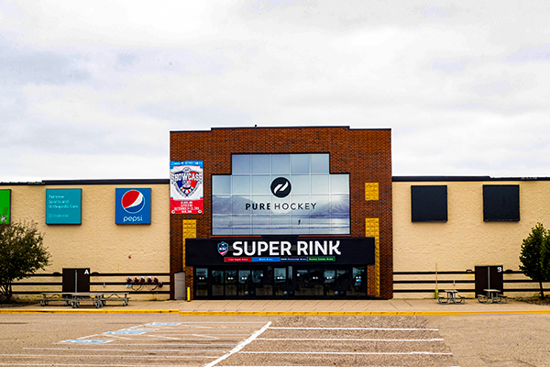
2. Connections Help
I saw this firsthand this weekend. If you can get a positive reference to a college coach through an advisor, current or former coach, friend or some other trusted hockey-related relationship, it can make a difference in getting scouted. It won’t get you an offer, but it can certainly get a coach from a specific school to come watch you play and start the process.
3. Lines Not Dots
I had a great conversation with a coach from a Top 5 DI school and asked why they scouted at so many events. In reality, given their school’s reputation, they could just focus on the handful of top players at the US or Canadian national camps and simply cherry pick those players. But the coach revealed to me that they watch the elite-of-the-elite players over the course of several years and track their development and progression over an extended period of time. This way they can see what the player’s trajectory looks like and if it continues to trend in a positive direction. The coach and I discussed a specific player and how the coaches have been monitoring how the hockey IQ of that player has been improving over the previous 2 years. Thus coaches at high-end teams look for the trendlines of players – not just the individual play at a single event.
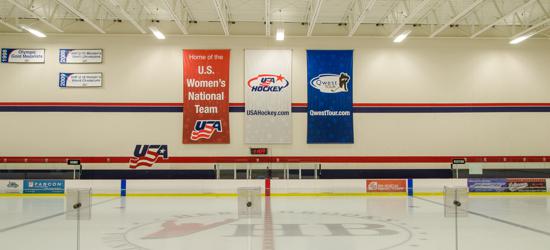
4. Experience Matters in Evaluating Players
It was fun talking to several coaches and hearing their “off-the-record” thoughts about certain players. The folks I talked to ranged from longtime head coaches to junior assistant coaches to a former DI coach. What I gleaned across all the convos was the more experience you had coaching, the less amount of time it took to get a pretty accurate assessment of a player. I was surprised how accurately the seasoned coaches figured out a player’s strengths and weaknesses. While for some of the junior coaches it sounded like they needed to watch more games to get a good sense for a player.
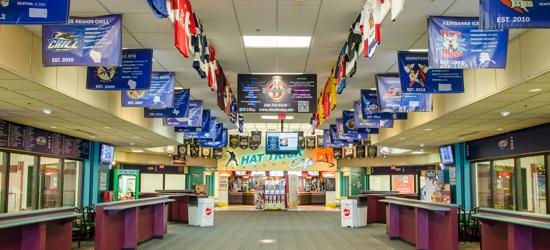
5. Lots of Coaches
For this year, the NCAA approved DI teams to have three assistant coaches (instead of just two). As a result, almost every (non-NEWHA) DI team had a least one coach present for the entire weekend while their school played regular season conference games “back home” on Friday and Saturday. Several coaches clearly also got on planes or in a car right after their games were done on Saturday and headed to Blaine, MN. On Sunday morning, 7 of the 8 head coaches from the WCHA teams were in attendance, with all eight schools having multiple assistant coaches there as well.

